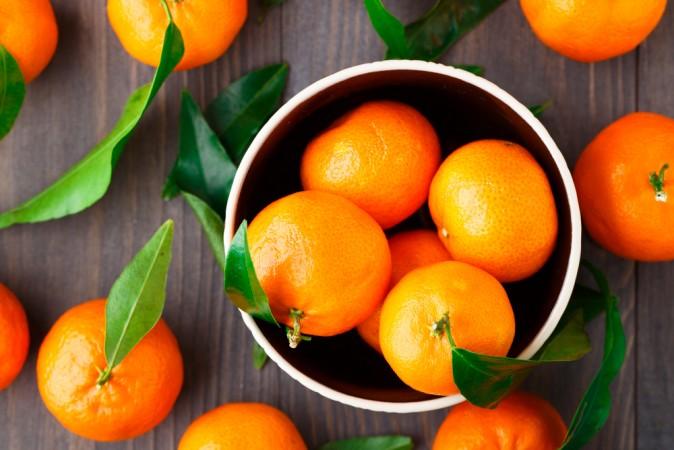As baby boomers mature en masse, age-related macular degeneration (AMD) is on the rise.
AMD is the leading cause of vision loss among people 50 and older. It affects more than 10 million people in the United States, according to the American Macular Degeneration Foundation. Fortunately, an ancient spice offers some protection.





